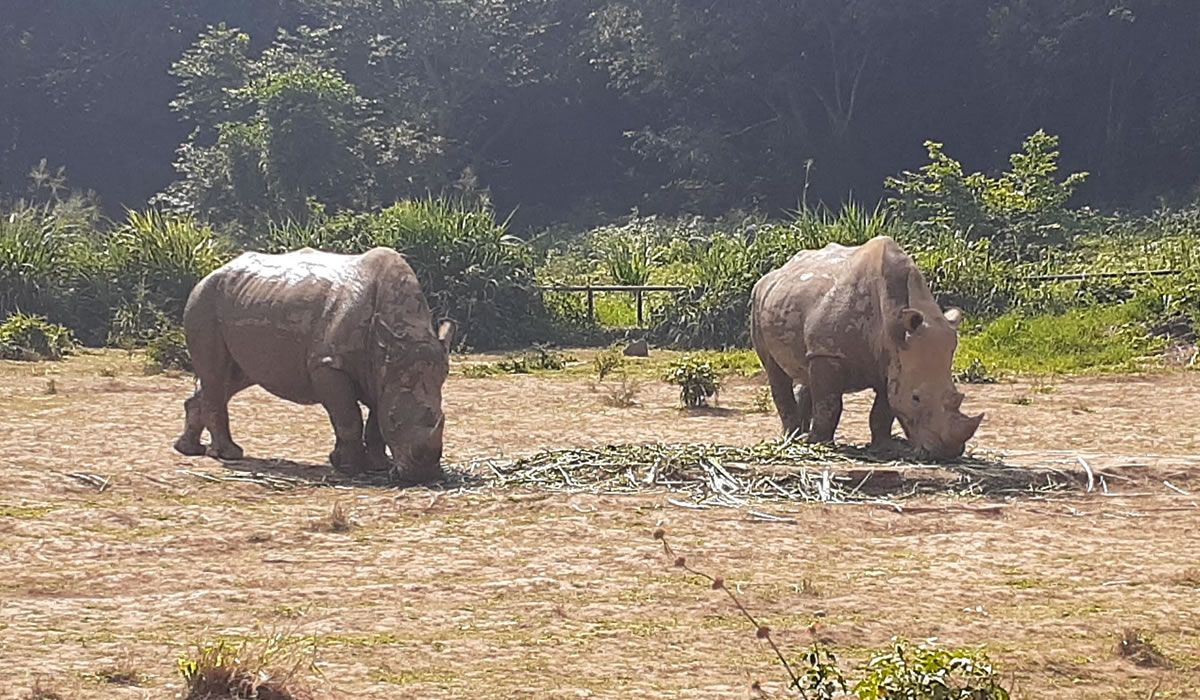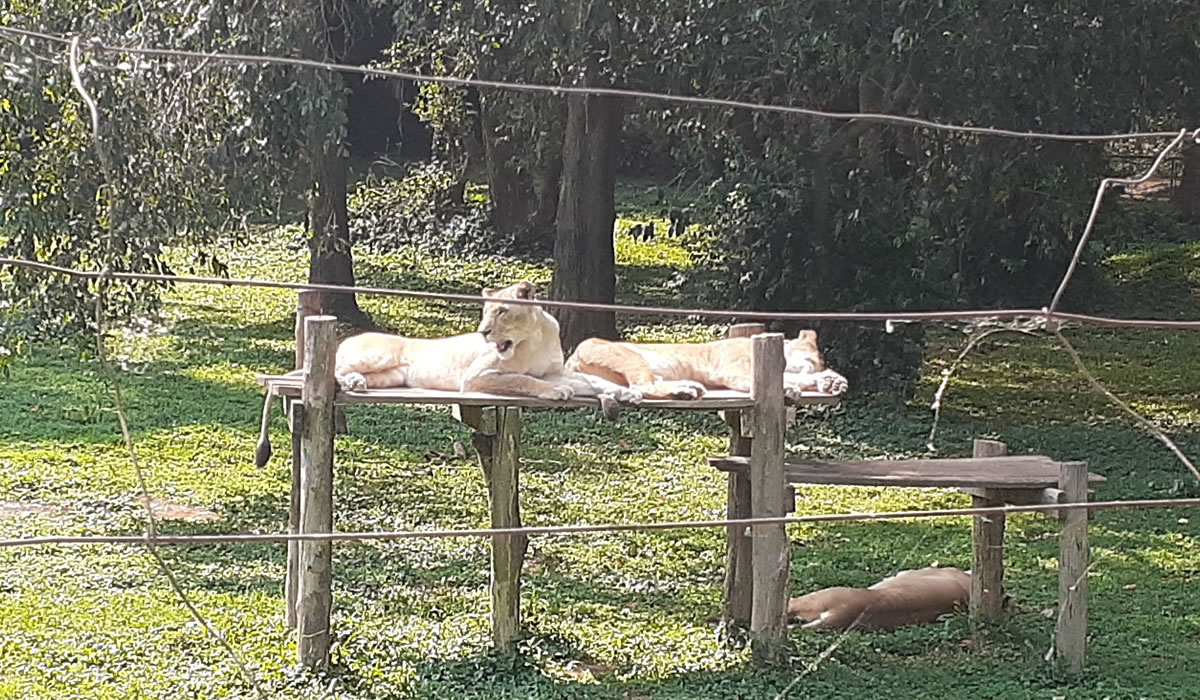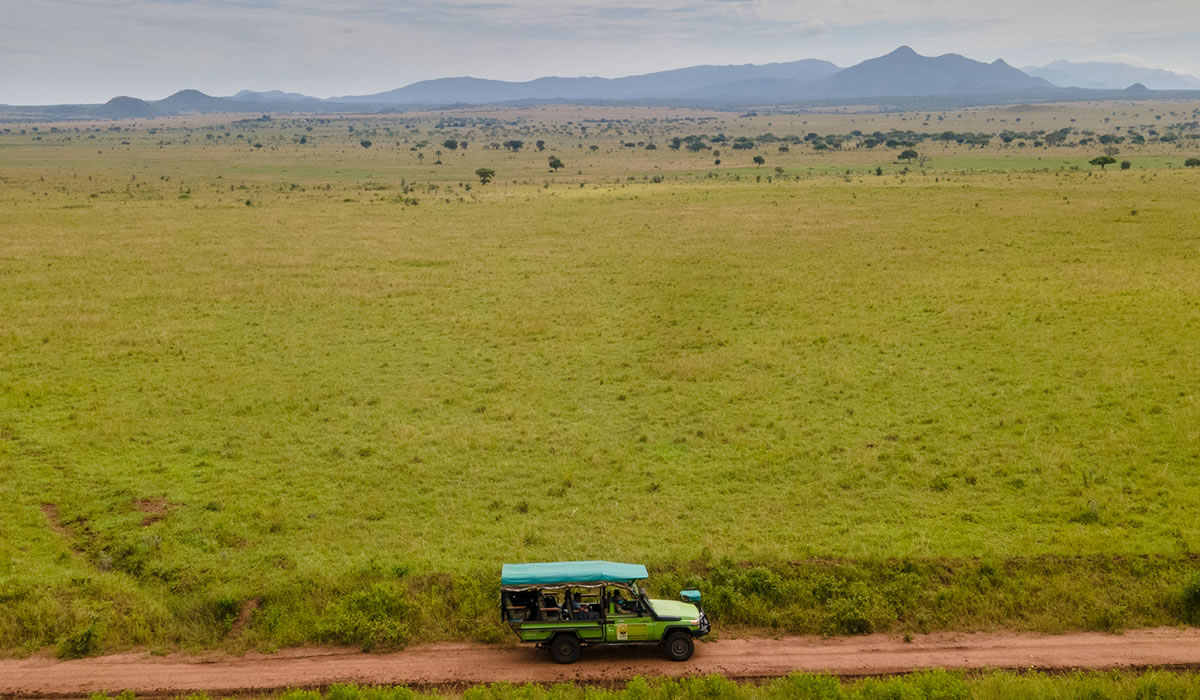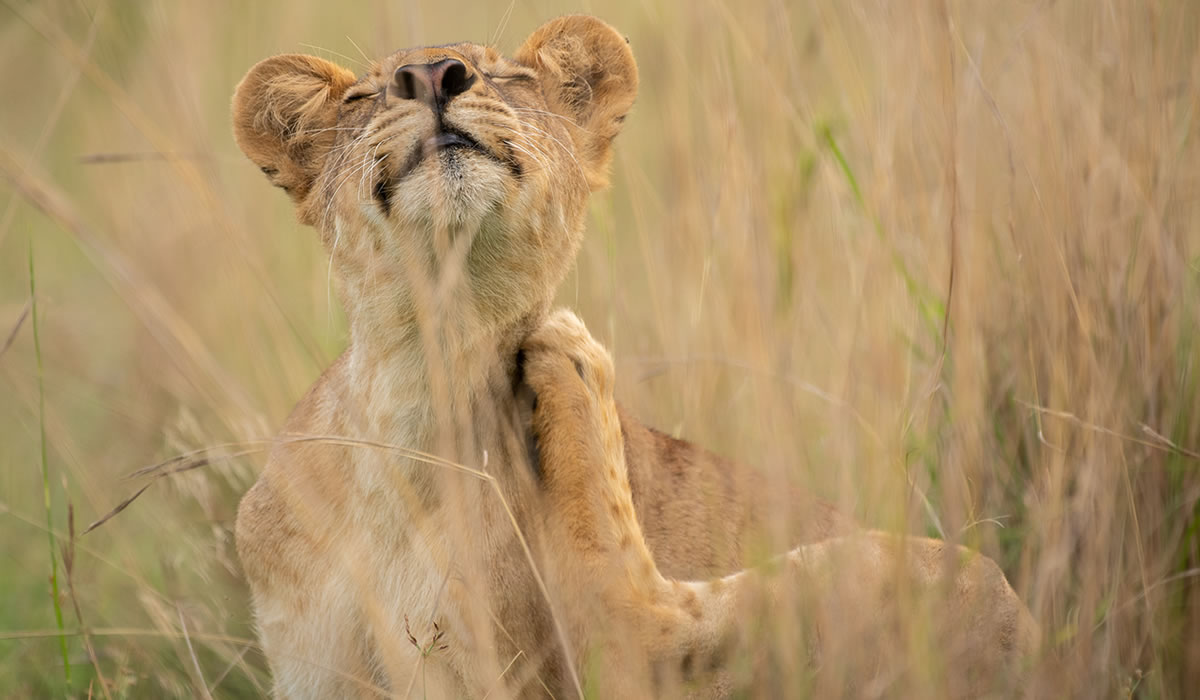When planning a safari or adventure holiday to Uganda, understanding the country’s weather patterns can…

The Uganda Wildlife Conservation Education Centre (UWEC), located in Entebbe along the shores of Lake Victoria, is one of the most impactful conservation, education and tourism hubs in East Africa. Originally established in the 1950s as a zoo, UWEC has evolved into a world-class facility dedicated to wildlife rescue, rehabilitation, education and sustainable tourism. It offers an up-close and personal introduction to Uganda’s rich biodiversity, making it an ideal destination for school groups, families, conservationists and international visitors.
For anyone visiting Uganda, a trip to the Uganda Wildlife Conservation Education Centre is not only educational and fun but also a chance to understand the country’s incredible wildlife heritage and the conservation efforts that are safeguarding it for future generations.
A Brief History of the Uganda Wildlife Conservation Education Centre
The Uganda Wildlife Conservation Education Centre was established in 1952 by the colonial government as a reception centre for wild animals that were injured, orphaned or confiscated from illegal wildlife trade. For many years, it functioned largely as a zoo. However, in the 1990s, the centre underwent a major transformation with support from international conservation partners. The focus shifted from simply displaying animals to promoting wildlife education, conservation and community involvement.
Today, UWEC operates under the Ministry of Tourism, Wildlife and Antiquities and plays a critical role in Uganda’s national conservation agenda. It serves as a sanctuary for wildlife, an educational facility for the public, and a research base for scientists and students.
What to Expect When Visiting UWEC
The Uganda Wildlife Conservation Education Centre is often referred to as a “zoo with a difference.” Unlike traditional zoos that focus on entertainment, UWEC focuses on creating awareness about conservation and providing animals with enclosures that resemble their natural habitats. Visitors walk through lush botanical gardens and spacious, well-designed animal enclosures that reflect Uganda’s different ecosystems such as savannah, wetlands and forests.
You can expect to see a wide variety of Uganda’s native animals including lions, giraffes, zebras, elephants, rhinos, leopards, chimpanzees, crocodiles and shoebill storks. Many of these animals were rescued from poachers, illegal pet trade, or human-wildlife conflict areas and cannot be released back into the wild.

Educational signage and guided tours are available to help visitors understand the animals’ behaviours, ecological roles and the conservation challenges they face. The centre is also designed to be family-friendly, with clear walking paths, shaded picnic areas and informative exhibits that cater to all age groups.
Popular Experiences at Uganda Wildlife Education Centre
One of the highlights of visiting UWEC is the opportunity to go beyond simple observation. The centre offers unique interactive experiences that allow guests to engage directly with the animals and the staff who care for them.
1. Behind-the-Scenes Tour
This guided experience allows visitors to go beyond the public enclosures and interact with animal caretakers and veterinary staff. Guests learn how animals are fed, trained and monitored, and may have the chance to feed giraffes, observe medical procedures or visit the animal quarantine and rehabilitation areas.
2. Keeper for a Day
This immersive program is ideal for those passionate about animal care and conservation. Participants spend a day working alongside animal keepers, helping with tasks such as food preparation, cleaning enclosures and enriching the lives of the animals through games and puzzles. It’s an unforgettable, hands-on experience that offers a deep insight into what it takes to protect Uganda’s wildlife.
3. Chimpanzee Close-Up
The chimpanzee close-up is a guided encounter with the resident chimps at UWEC. Though direct physical contact is not allowed, visitors can observe feeding sessions and social interactions from a safe distance, guided by experts who explain the complex behaviour and social structure of these primates.
4. Giraffe Feeding
The giraffe feeding station is a hit with both kids and adults. Visitors are given food pellets and can hand-feed the gentle giants while learning about their dietary needs and conservation status.
Conservation and Rehabilitation Efforts
Conservation is at the core of everything the Uganda Wildlife Education Centre does. It acts as a rescue and rehabilitation centre for wild animals that have been injured, orphaned or confiscated from illegal traders. Once rehabilitated, animals that can safely be returned to the wild are released into protected areas in collaboration with the Uganda Wildlife Authority.
UWEC also contributes to species conservation through captive breeding programs, especially for endangered species like the shoebill, grey parrot and crested crane. The centre’s veterinary department plays a key role in wildlife health management and supports national efforts in monitoring and responding to disease outbreaks among wild populations.
Education and Community Outreach
Education is a major pillar of UWEC’s mission. The centre runs regular school visits, conservation education programs, community workshops and youth ambassador programs aimed at instilling a love for wildlife and nature among Ugandans.
Through interactive learning tools, storytelling, guided nature walks and animal demonstrations, students are taught the importance of protecting wildlife and the environment. UWEC also partners with universities and research institutions to provide training, internships and research opportunities for students in fields like zoology, veterinary science and environmental studies.
A Hub for Biodiversity Awareness
Beyond its resident animals, UWEC is also home to a botanical garden that features indigenous trees and medicinal plants. It showcases the interconnectedness of Uganda’s ecosystems and the importance of plant conservation. The centre also provides a habitat for hundreds of free-ranging bird species, butterflies and reptiles, making it a mini biodiversity hotspot and a great place for nature lovers and photographers.
Accessibility and Location
One of the reasons UWEC is so popular is its convenient location. It is just a 10-minute drive from Entebbe International Airport, making it an ideal first or last stop for tourists arriving in or departing from Uganda. Whether you have a few hours between flights or are planning a day trip from Kampala (which is about 45 kilometers away), UWEC offers an engaging and relaxing wildlife experience without the need for long travel.
The centre is open every day of the week, including public holidays, from 8:00 am to 6:30 pm. Entry fees are affordable and vary for Ugandans, East African citizens and international tourists, with special rates available for school groups and children.
Accommodations and Dining
While UWEC is typically visited as a day trip, it also offers on-site accommodation for guests who want to stay longer. The UWEC Wildlife Cottages provide comfortable lodging in a serene environment surrounded by wildlife sounds and lush greenery. Staying overnight offers guests the chance to enjoy early morning or evening wildlife sounds and participate in activities like night walks.
There is also a restaurant and snack shop on-site serving local and international cuisine, as well as shaded picnic areas for those who prefer to bring their own meals.
Supporting UWEC Through Tourism
By visiting the Uganda Wildlife Education Centre, tourists play a direct role in supporting Uganda’s conservation efforts. Revenue generated through entrance fees, behind-the-scenes tours and donations helps fund animal care, veterinary services, education programs and infrastructure development.
UWEC also encourages visitors to become long-term conservation partners through adopt-an-animal programs, donations and volunteering opportunities. It is a model of how wildlife conservation can be integrated with public education and tourism in a sustainable way.
The Uganda Wildlife Education Centre is more than just a zoo. It is a powerful symbol of Uganda’s commitment to conservation, education and responsible tourism. Whether you are travelling with children, interested in wildlife photography or looking for a meaningful way to connect with Uganda’s natural heritage, UWEC offers something truly special.
From getting up close with rescued animals to learning about wildlife conservation and participating in hands-on experiences, a visit to UWEC is both enjoyable and enriching. It is a perfect starting point or closing chapter to any Ugandan safari and a must-visit destination for anyone who values nature, education and sustainable travel.



